Bioblitz 2014 July 12-13 Christensen Creek Watershed
Even on this small island, each of our Bioblitz events has been unique both in terms of species composition and overall feel. At Neill Point in 2012, everything was new, even rather ordinary things hadn’t been officially catalogued, so discoveries and frontier energy abounded. The second Bioblitz at Fern Cove was purely enchanting as we counted away in the light drizzle and fog, with mushrooms visibly growing between our 24-hour weary boots.
During this year’s Bioblitz, setting up basecamp involved descending upon a private group’s annual barbeque at Lisabeula in the blazing sun. As I pulled up with a truck full of microscopes, mammal traps, plastic tubs, and all manner of nets and field guides, I wondered how the naturalists and beach revelers would mix. But, I had nothing to worry about. As we struggled to set up a particularly challenging tent, one of our neighbors came over, kindly suppressed his laughter, and lent us a hand. The tent was up in no time. This auspicious beginning was representative of a weekend that can best be described by the strength of its camaraderie.
Throughout the weekend, unexpected neighbors, along with planned participants and curious passers-by joined to help us with the count. They looked through the microscopes, got chest deep in ponds, learned how and where to set mammal traps, strained their night vision and hearing for owls, stared at sheets glowing in the purple glare of black lights, strolled the beach, and flipped through field guides all with a sense of curiosity, friendship, and fun.
Participants were greeted by people like Ed Johannes, Rayna Holtz, Tom DeVries, Jeff Adams, Gary Shugart, Jim Evans, Harsi and Ezra Parker, Ellen Kritzman, John Browne, Ann Spiers, Steve Caldwell and others—all of whom open new worlds with their tales of aquatic snails, marine marvels, fern spores, caddisfly larvae, burrowing wasps, bird songs, insectivorous shrews, and neotenic salamanders (more on that later). Scientists and volunteers alike all got to learn from each other as we explored our home.
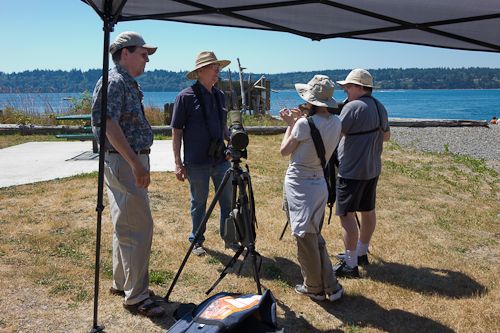
Gary Shugart, Ezra Parker, Harsi Parker, and Richard Rogers talk birds, insects, and more. photo by: Susie Fitzugh
This is part of the magic of the Bioblitz for me. It not only re-opens my awareness to the rich world of life, it also improves my outlook on our human species as I experience how curious, gentle and intelligent people can be. In our modern society, where dominant forces tend to isolate us both from nature and the power of our own species, this is truly a gift of sustenance.
“No, no! The adventures first, explanations take such a dreadful time.” –Alice in Wonderland
Adventures and Results
Totals: Our rough count at the end of the designated 24-hour period was 377 species, which is higher than rough counts for the previous two years. With more identifications completed in the last few weeks, the count has already risen to 462 species, our highest ever. This count includes 46 lichens, liverworts, and mosses; 132 plant species; about 140 arthropods; nine freshwater and terrestrial mollusks; five amphibian species; 58 bird species; seven mammals; and about 65 shoreline species and fish.
Lichens, Liverworts, and mosses: Phoebe Goit traveled from Kitsap Peninsula all the way to the bottom of Christensen Creek watershed on one of the hottest days of the summer to identify 46 different liverworts, mosses, and lichens. During her visit, she happened to find this mystery (see photo). Was it a fungi? An insect egg? A liverwort? Three days later, and half a continent away, the answer came to us, thanks to a line of connections that was incredible to behold. Kathie Hodge at Cornell University finally provided the ID for this rarely seen fungus: Corticium minnsiae along with this interesting natural history paper on its discovery (aka Aleurodiscus_minnsiae). We are looking into whether the Burke herbarium is interested in this specimen. C. minnsiae grows on tree hosts and has been described on Douglas fir as well as a few different hemlock and pine species.

Corticium minnsiae. The small cuplike structure is the asexual state of this rarely seen and poorly understood fungi. Kathie Hodge notes that the ball is called the sclerotium which disperses the fungus when rain drops into the cup and splashes out. The sexual state of the fungus is crusty in form. photo by: Phoebe Goit
Plants: Jim Evans led the plant group from the headwaters of Christensen Creek at Christensen Pond into the deep valleys of the mid-watershed to record 132 plant species.
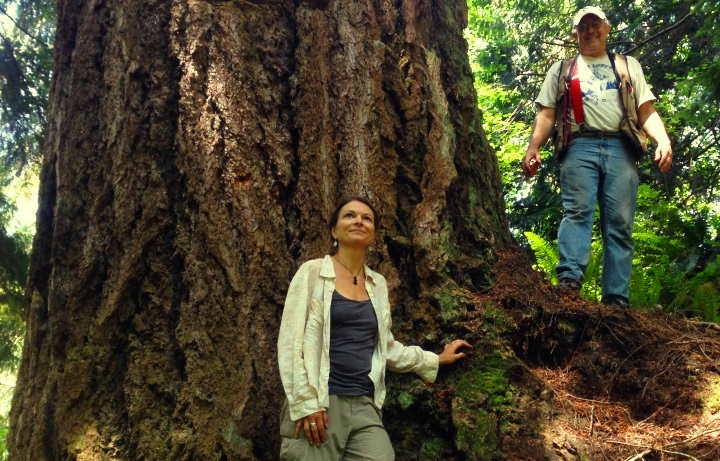
Jim Evans and Adria Magrath descend into the treed valleys of Christensen Watershed to survey with the plant team. photo by: Michael Laurie
Ann Spiers and John Browne surveyed the lower beach area and outlet at Lisabeula, to add more species to the list. The plant teams recorded perhaps the only native and large patch of devil’s club on the island, as well as the parasitic Indian pipe. Also called ghost plant or corpse plant, Indian pipe sucks nutrients from fungi associated with tree roots rather than photosynthesizing on its own, so it has no need to be green and can grow in very low light conditions. The complex relationships required to sustain this plant make propagation quite impossible and it is relatively rare.
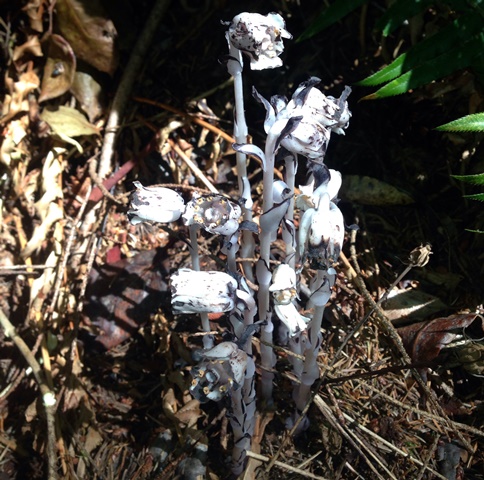
Indian Pipe is rare on the island and only known from a few locations (Fern Cove-K True, Fisher Watershed-H Parker, Lost Lake early 70s-A Spiers and J Browne . photo by: Michael Laurie
Jim notes that the Christensen watershed likely contains the largest concentration of old-growth on the island and that the understory, while not particularly diverse, is in very good to excellent condition. Thanks to all the land owners who allowed us access to these areas, and for stewarding them well. While conditions were generally excellent, the plant team found some pockets of invasives. These have low enough population levels that they could be controlled with some muscle power. Anyone want to organize some small work parties over the next year? Let us know.
Creepy crawlies: Short answer—we are still working on Bioblitz number one for these guys! Yes, it does take forever. Did anyone see the tome Jeff Adams brought identifying larval stages of black flies of North America? One thousand pages. And that’s just the black flies. And that’s just North America.
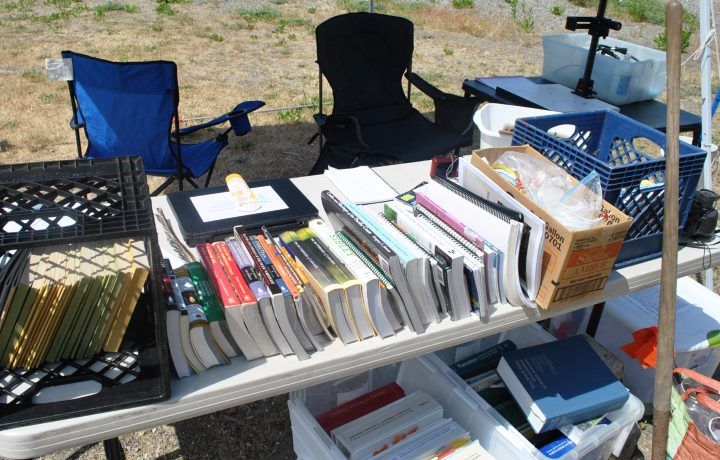
The Bioblitz field library. Jeff Adam’s tome on black fly larvae identification is the blue book in the bottom right. photo by: Julie Grunwald
This year, the rough estimate for terrestrial insect taxa was 140, not including a few dozen freshwater aquatic invertebrates.
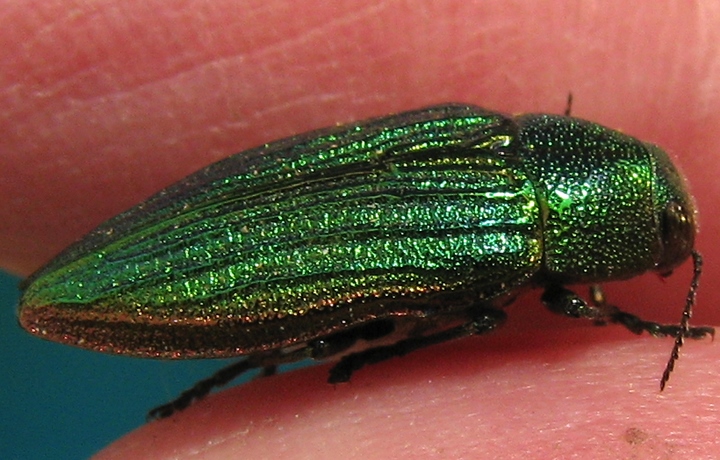
Golden jewel beetle–Buprestis aurulenta, our first and last species of the count. photo by: Harsi Parker
Harsi Parker aptly named the above jewel beetle the “bookend beetle” because it has the distinction of being the first and last species recorded at the Bioblitz. Minutes after we yelled go this beetle flew right onto the arm of one of the participating girlscouts, “count me!” And just minutes before the closing bell Sherry Lee Bottoms found the second beetle. Perhaps it was gracing us with its presence for a job well done?
Ed Johannes identified nine freshwater snails, terrestrial snails, and slugs including some interesting freshwater spring snails of the genus Pristinicola. So far, we have only found these snails in Christensen Creek watershed, though Ed has investigated many other areas on the island. Ed postulates that these snails migrated here when Vashon was surrounded by freshwater. Think about that for a minute and what that might mean, whoa (more on this in a blog post coming soon)!
Herpetofauna: Gary Shugart led a team of fearless wading volunteers chest deep (and unfortunately sometimes a wee bit deeper) into Christensen Pond.
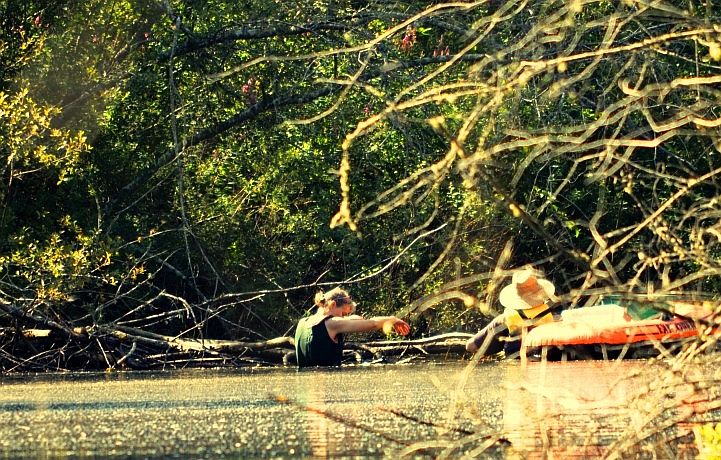
Marcy Summers and Gary Shugart test the capacity of their chest waders as they survey Christensen Pond for amphibians. photo by: Kelly Keenan
When Gary last surveyed Christensen Pond in 2006, bullfrogs were present alongside many native amphibians. We wondered, over the last eight years would the bullfrogs have gobbled up all the native amphibians? The answer was a resounding, NO! Red-legged frogs, rough-skinned newts, and northwestern salamanders were all still present in the pond along with bullfrogs. What the amphibian team found might give us clues as to why. This huge Northwestern salamander larvae was 22 cm in total length, the maximum for adults of this species according to taxonomic descriptions.
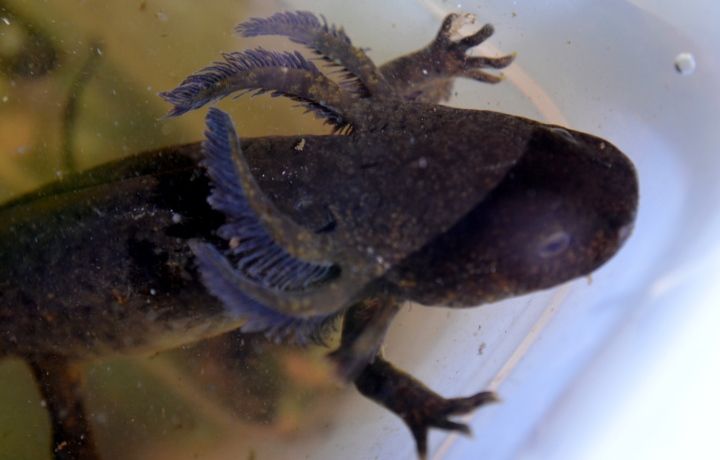
The number and large size of northwestern salamanders in Christensen Pond is a mystery. Photo by: Kelly Keenan
The large size of many of these northwestern salamanders leads us to believe that they are neotenic. Neotenic salamanders are adults that retain their gills and other aquatic characteristics. Gary has observed that although neotenic northwestern salamanders exist in lowland Puget Sound ponds, they are more common at higher elevations. He wonders if there is something special about Christensen Pond that would favor neotenic salamanders. Is it cold? Does it have unique water chemistry? And does any of this relate to our finding that bullfrogs are being kept at bay and natives are still thriving here? Perhaps NW salamanders are poisonous enough to deter bullfrogs. Perhaps the larger salamanders are actually eating bullfrog tadploes and keeping them in check. Anyone want to help us with an amphibian diet experiment?
In the ponds at the mouth of Christensen Creek we found numerous rough-skinned newts.
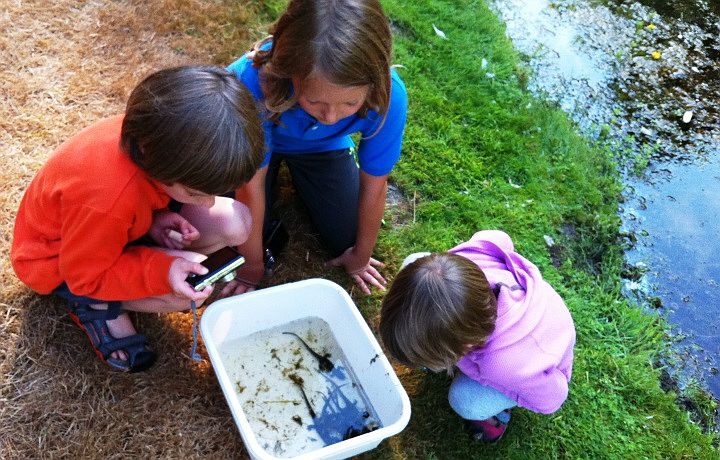
We averaged 11 rough-skinned newts per amphibian trap in the lower Christensen ponds. photo by: Bianca Perla
We also found rainbow trout (likely stocked), and three-spined sticklebacks. These native sticklebacks likely migrated up from Christensen cove, as they prefer areas of still water with a salt water connection (something hard to find on Vashon and Maury). This species is an Island Bioblitz first.
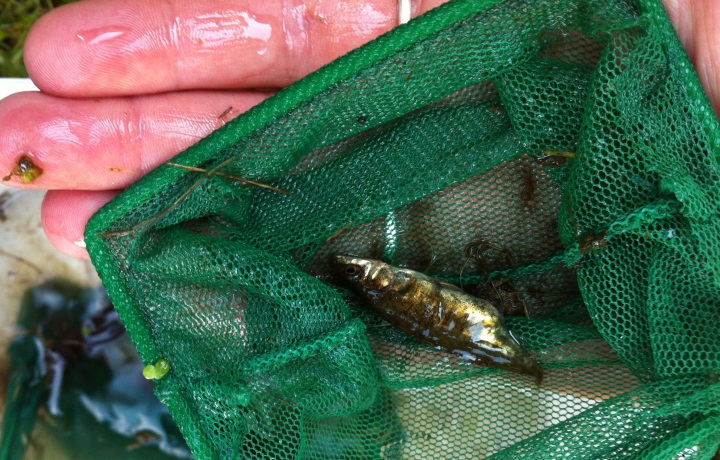
This is the first time we have recorded 3-spined sticklebacks in a Bioblitz on Vashon. photo by: Orion Knowler
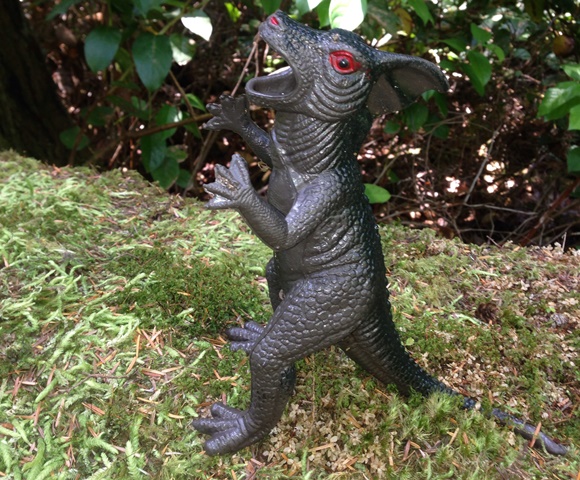
The only reptile found in the count–Horribilus plasticus. We believe it eats Devil’s club and small children. photo by: Michael Laurie
Birds: Bird teams lead by Ezra Parker and Steve Caldwell found 58 species. This is an impressive count for the time of year. Owlers witnessed two barn owls foraging in Misty Isle fields under the rising super moon.
Barred owls were also heard—both juveniles and adults. A mysterious being swooped slowly over the heads of owling participants making a chica chica chica sound in the forested areas of the upper watershed. Conferring birders ruled out all possible bird species. Mammal teams postulate that it may have been a flying squirrel as the description of the vocalizations seemed to match. There is not enough evidence to include it in the count, but enough to get us interested in finding out if they still dwell in this watershed.
Mammals: Ellen Kritzman and I had fun with mammal traps and wildlife cams in the woods. Thanks to our sponsors, the wildlife cameras were a new addition to the Blitz.
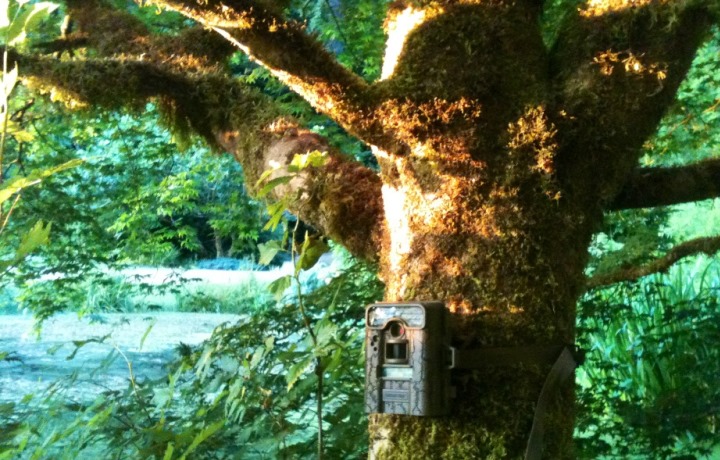
Wildlife cameras captured interesting wildlife we wouldn’t have recorded otherwise. photo by: Renee Rutkowski
We found seven mammal species, including this fleeing river otter family, and plenty of evidence of coyotes in Christensen Valley proper. We are starting to investigate coyote populations, ranges, and habits on Vashon, and the Blitz contributed valuable information to our work.
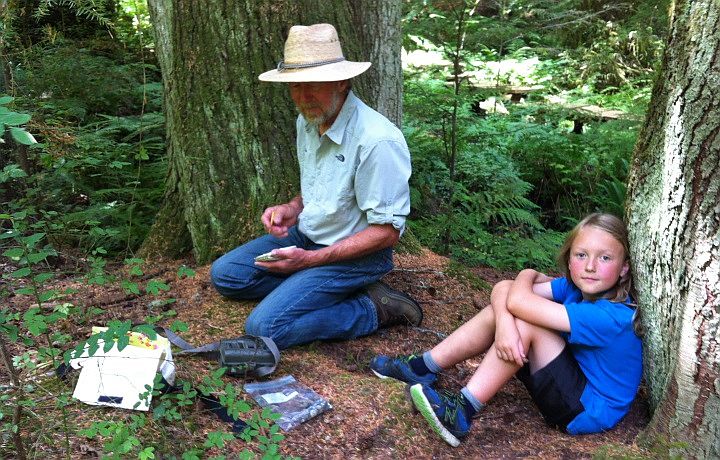
John Rupp and Orion Knowler retrieve a wildlife camera and investigate the contents of coyote scat (plenty of hair and mouse bones). photo by: Bianca Perla
Marine: Around 65 species were counted. Compared to the high diversity of life we found at Fern Cove and Neill Point, Lisabeula area was not too remarkable. However, Tom Devries remarked on the apparent absence of purple varnish clams, an important finding as these exotic invaders are ubiquitous throughout Puget Sound. Perhaps Colvos Passage is a hold-out where they have not yet invaded full scale? A California sea cucumber was also seen, which is not commonly seen here and we were treated to the amazing sight of a tusk worm (Pectinariidae) that makes its tusk like shell out of sand grains.
Humans: Some of my favorite moments include being approached by more than one person who said we should add humans to the count; everything about the girl scout troupe that joined the count this year;
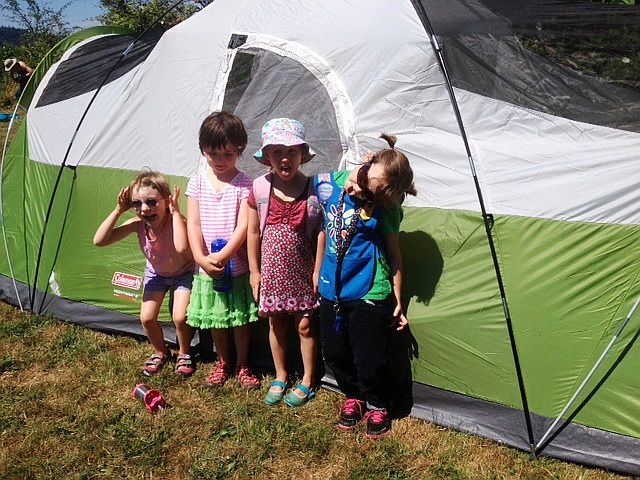
The crazy daisies spent the whole 24 hours at the Bioblitz and found the first species of the count as well as a terrestrial snail that no one else found. They had spunk, can you tell? photo by: Sue Day
a young girl who lost her tooth in the last hours of the Bioblitz;
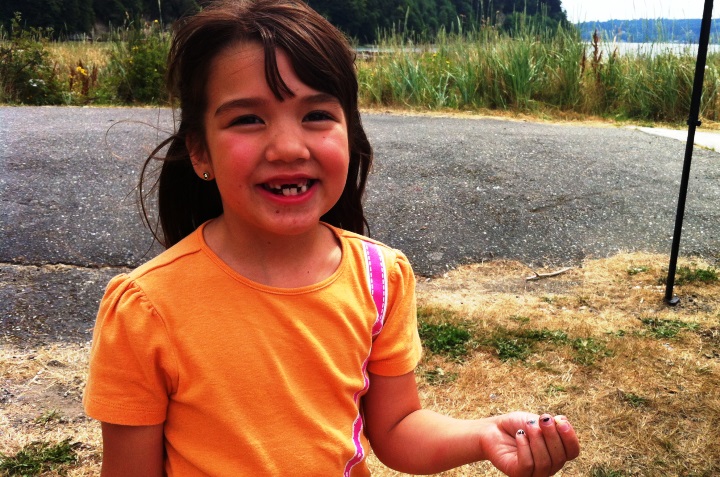
First lost tooth we’ve ever experienced at a Bioblitz event. Teeth look really cool under a microscope we found out. photo by: Bianca Perla
watching Avery, a young boy, running top speed after a dragonfly with his camera at arms-length and hand on the trigger (no photo, Avery was too fast to catch on film); and this photo makes me fall in love with the human species all over again….Alan Warneke and Michelle Ramsden utterly transfixed as they watch burrowing sand wasps.
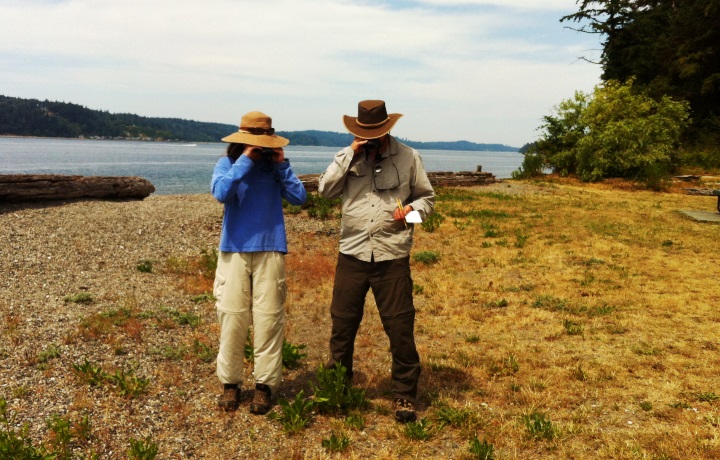
Alan Warneke and Michelle Ramsden, identified dragonflies, stayed up until the wee hours running the blacklight for night insects and then relaxed by watching the sand wasps burrow Sunday afternoon. photo by: Bianca Perla
To Kathryn True, our Outreach and Program manager, and the tireless core group of volunteers that makes this possible every year—BIG gratitude to you all.
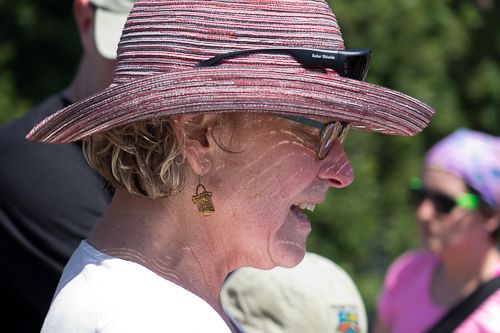
Jane Neubauer graces us with a poem to open the Bioblitz on July 12th. Thank you to Jane and the whole basecamp crew for keeping everything running so well. photo by: Susie Fitzugh
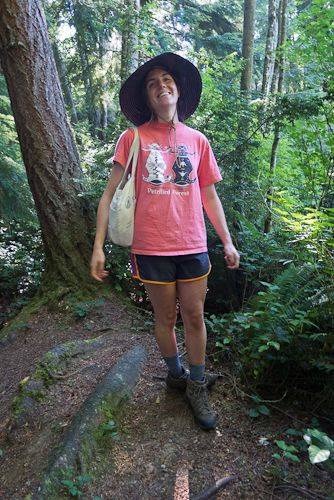
Land Trust intern Melaney Dunne and others helped the plant, lichen, and snail crews in the field. Land Trust staff put in the extra mile with help in organizing and basecamp support. photo by: Susie Fitzugh
Sponsors: This was the first year we had outside support for running the Bioblitz. Thank you to Vashon Maury Island Land Trust, the Mountaineers Foundation and King County for help with funding, equipment, and help with organization. We are glad to have you all as partners-thank you!
During a Bioblitz, simply by participating in the enjoyable act of focused observation, we revitalize and re-define the ancient roots of natural history observation. Each one of us is participating in this revitalization—through the interest that brought us to the Bioblitz—and through our actual observations. This carries much more weight than is initially apparent (Natural History Initiative). Just like certain people in communities hold the knowledge of music, story, history, and art, you are helping to hold the stories of nature on these islands. So, thank you to all who participated!
See you all next year!
Do you still have the volunteer itch? Help us in the field! Our next project is sampling streams for invertebrates which will take place mid-August. Email: bianca.vnc@gmail.com to sign up.
Detail species lists are coming soon: check for them on our Research page
Vashon Nature Center will be giving a Bioblitz talk on the second Thursday in October for the Audubon evening program at the Land Trust Building. Check our calendar and come out to hear more about the Bioblitz efforts.

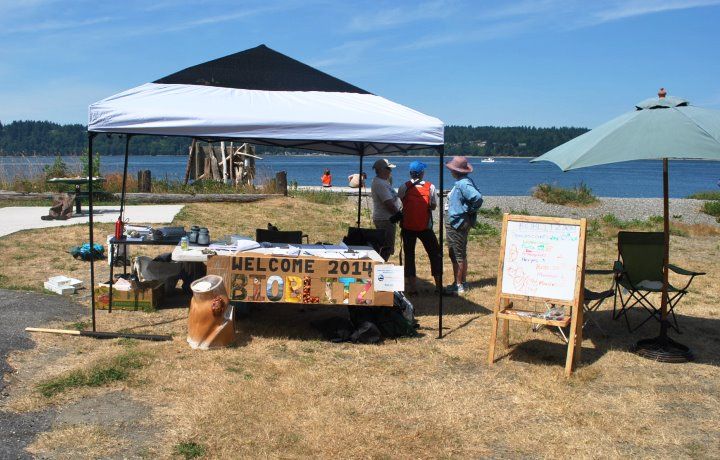
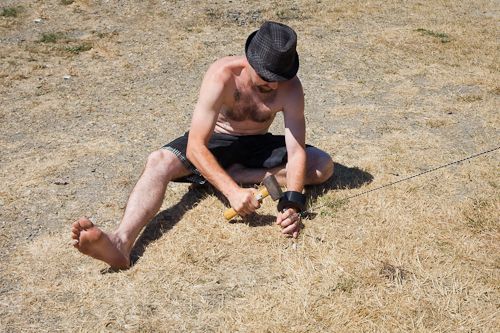
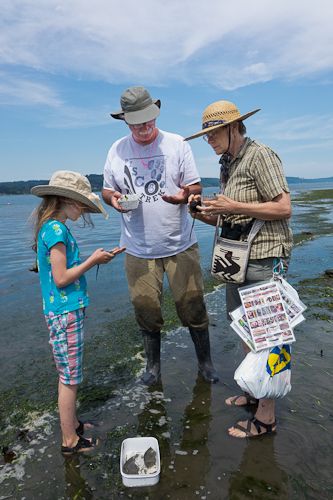
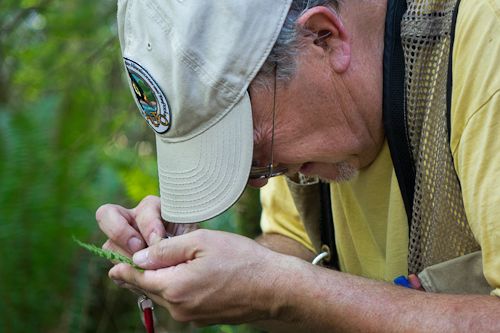
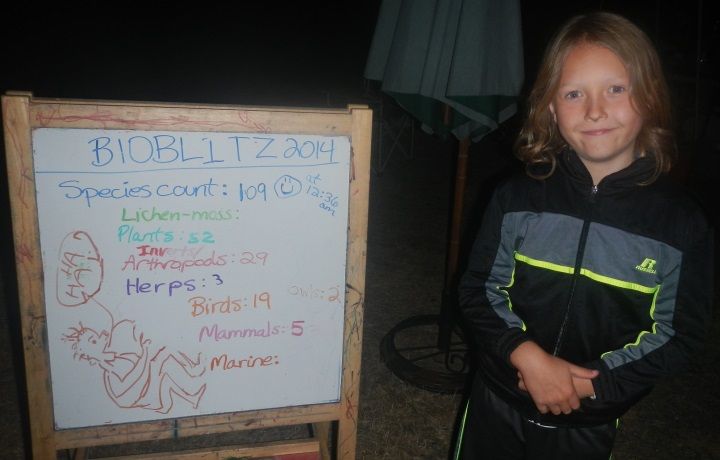
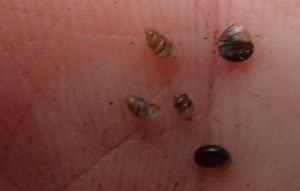
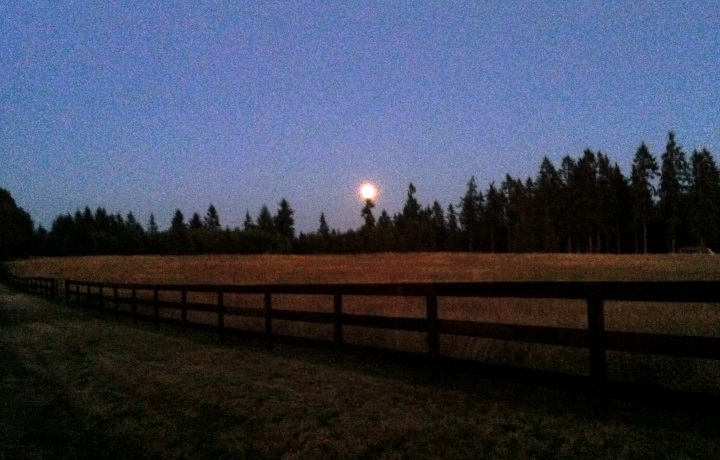
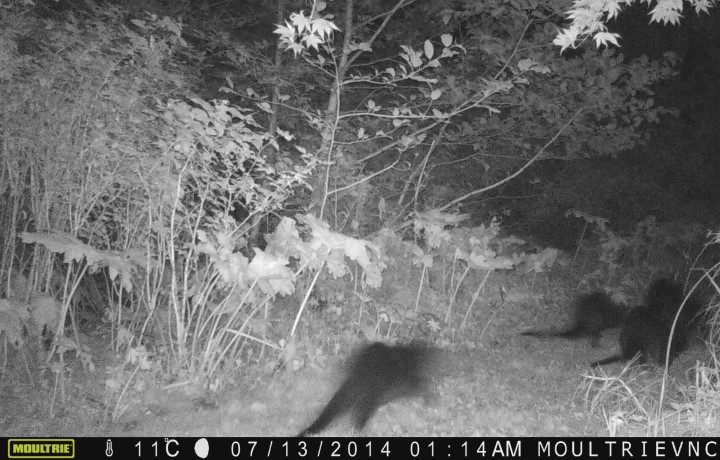
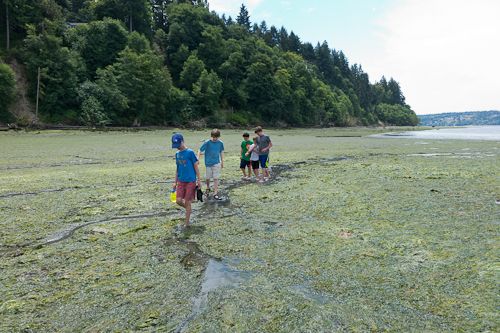
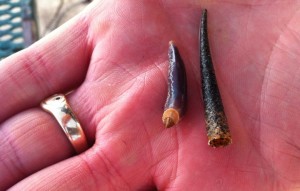
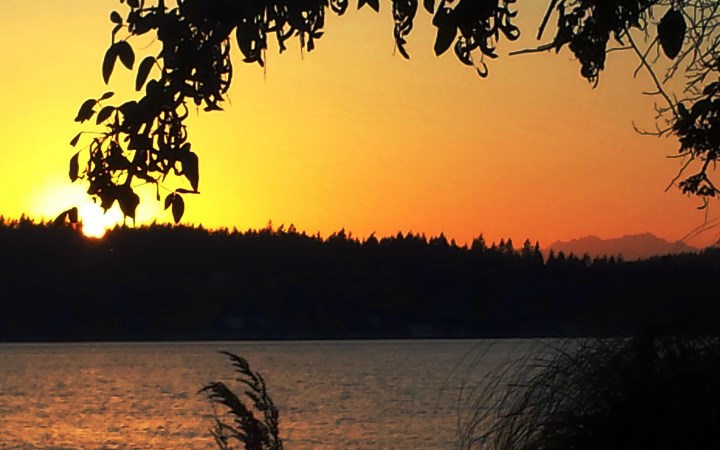
Thanks for sharing these highlights! Very enjoyable and encouraging. 🙂
^..^
Thanks for being part of it, John! Help from people like you make it fun and help us all learn more. We are so happy you could be there. Now where to plan the next Blitz…
BRAVO BIOBLITZERS! Another successful count and one I was sorry to miss. I’m delighted to hear of the biodiversity you found in the Christensen watershed. The presence of neotenic northwestern salamanders in the pond is intriguing and warrants further study.
My suggestion for the next Bioblitz location would be King County/Land Trust/Vashon Park land on the SE shore of Maury Island in the madrone ecosystem.
Thanks Sue. We missed you this year. Looking forward to the next already.
How about following Judd Creek all the way down to the estuary for next year?
Definitely considering that possibility Julie! Thanks.
This is an absolutely amazing event and incredible effort by all concerned! I am so grateful to all. Is next year’s date already set? Thanks to all! Laurie G.
Thanks Laurie. We love it too. Next year’s date is not set yet but will probably occur in June at a low tide. We are still considering places too but it’s looking like Judd Creek watershed is top of the list. I can put you on our mailing list if you’d like to receive emails about the next Bioblitz as it comes around…